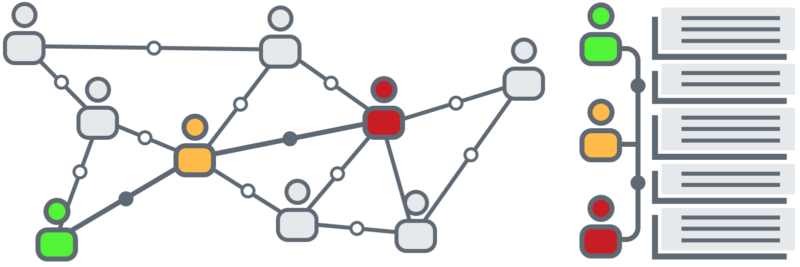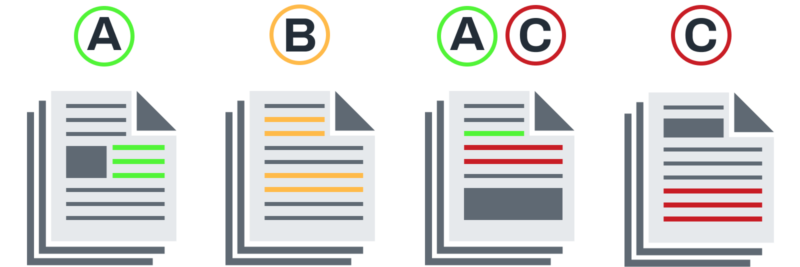“Did we just invent the wheel?”
The problem: Quite often we try to solve problems that have already been addressed either by different teams or in different contexts. Interestingly enough, the Design Thinking methodology (the foundation of UX practice in general) lacks a step that would account for the investigation into existing solutions. Understandably, the omission of a seemingly time-consuming step would allow designers to move into a solution space immediately but it could be very costly if the solution already exists elsewhere.
1. Make it fast
In some cases, these problems are generalized enough to have been researched formally in academic contexts. As someone familiar with academic practices when it comes to research, I have greatly benefitted from conducting really quick literature reviews or how I like to call them “guerrilla lit reviews” or “lite reviews”. The idea is fairly simple: look for anything that could have been written on the topic on hand but instead of taking as long as necessary to absorb everything (which I would definitely prefer to do), budget the time based on your resources and the urgency of the project. This time can be as short as a couple of hours as long as the commitment is high. This won’t give you all the answers, but it will help to narrow down the questions.
2. Go wider, not deeper
As an academic, I know exactly how counter-normative this reads. As someone in charge to bring insights into a super-fast-paced industry, I know how difficult it is to ask stakeholders to wait. A lite review is no other than a compromise between accuracy and efficiency. For this compromise to work, there are a few rules of thumb that can make the process manageable.
- Plan at least 2 rounds, one for scoping and one for reviewing
- Don’t read, skim. The task is to go over as many media artifacts as possible, articles, blog posts, videos, etc.
- Avoid getting “stuck” in one source, author or idea
- Take notes but not about the content itself, instead, think about these notes like breadcrumbs that you should be able to follow back. Tools like Google keep or Notion can make this process really easy, particularly if you seize the tags’ functionality
- Don’t search for answers, search for questions
3. Before, not instead
This approach has allowed me and my team to avoid redundancy in the research process, allowing us to collect only data strictly pertinent to the specific project. Such data has to be collected anyways, a lite review will never replace the “empathize” stage, instead, it proposes a previous step adapted from the most rigorous forms of academic research.




